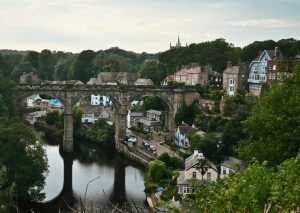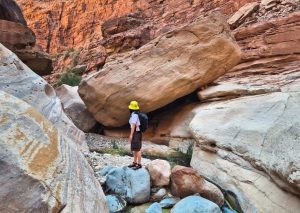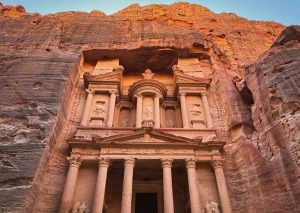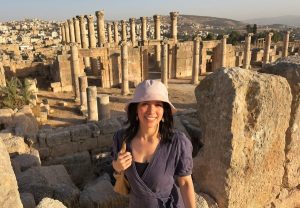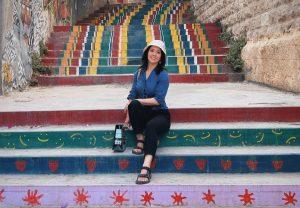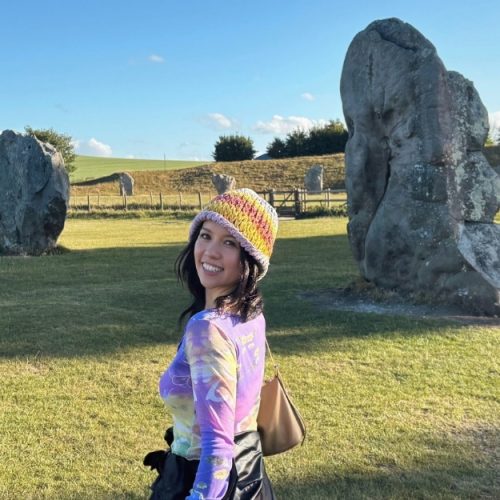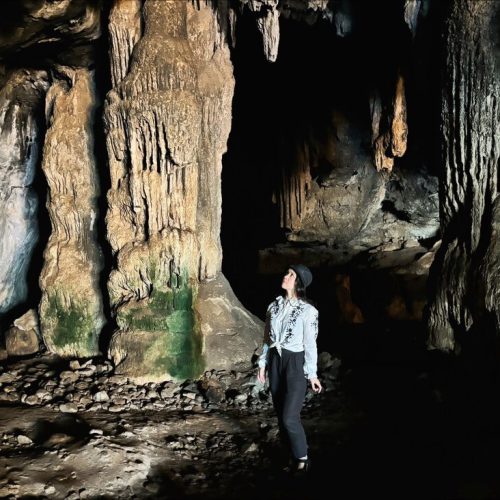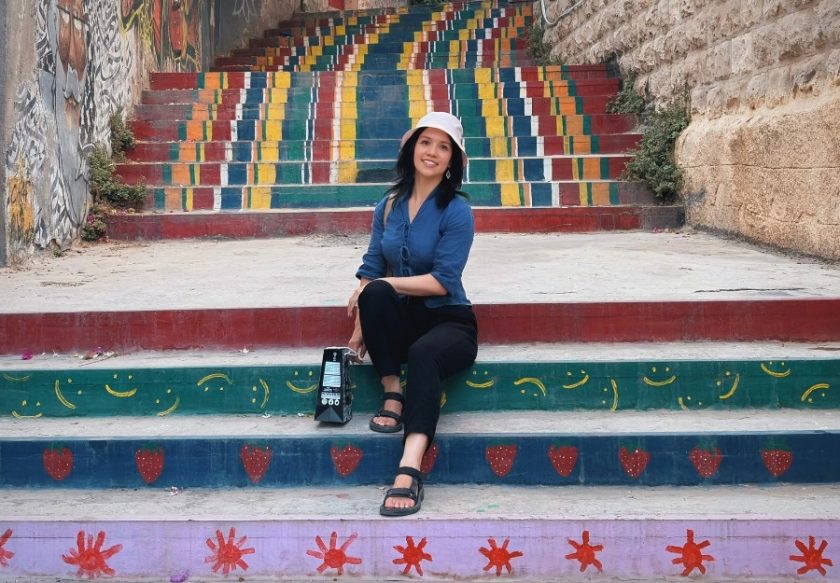
I think the word chaotic best describes my first impression of Amman, the capital of Jordan. Navigating the traffic and the unruly roads from the airport to the city is not for the faint-hearted. Amman isn’t some neat little postcard. It’s a wave of hills, sculptured into beige, and all jumbled at first sight.
It’s also full of contrasts: where a Roman amphitheatre faces neon-lit streets; where centuries-old ruins overlook crowded shawarma stands; where the call to prayer can be heard while smoking a shisha on a rooftop terrace.
Away from the main roads, the tempo is thankfully much more relaxed and laid-back. Let the rhythm of it sink in. Most of all, experience the welcoming warmth of locals. Amman is a rewarding city if you know where to look, so I recommend staying at least two days if you can.
Simply put, it’s a capital city full of character, and I’ve put together this guide to show you my favourite bits. So let’s go, or “Allah” as they say in Arabic.
Day 1: the main highlights
Morning: the Roman Theatre
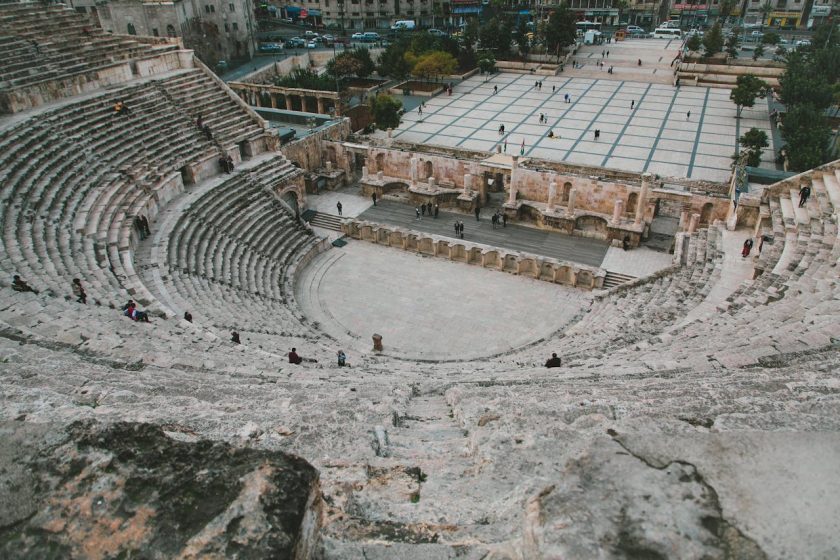
After breakfast begin early in Downtown Amman, known locally as Al-Balad, it’s where all the action happens. Your first stop should be the Roman Theatre, carved right into the side of a hill almost two thousand years ago. If you’re surprised to see such a well-preserved roman theatre in the Middle East, that makes the two of us. (And this site is just the beginning of many roman ruins and archaeological wonders).
The theatre could seat around 6,000 spectators, divided according to social rank – the elite in the lower rows, soldiers and commoners higher up. Its orientation was deliberate: facing north so that the midday sun wouldn’t blind the audience during performances.
Climb to the top row for fabulous views across a city. Soak up the moment. It’s quite a marvellous thing to imagine what this place must have looked like in its heyday.
Late morning: Citadel & city views
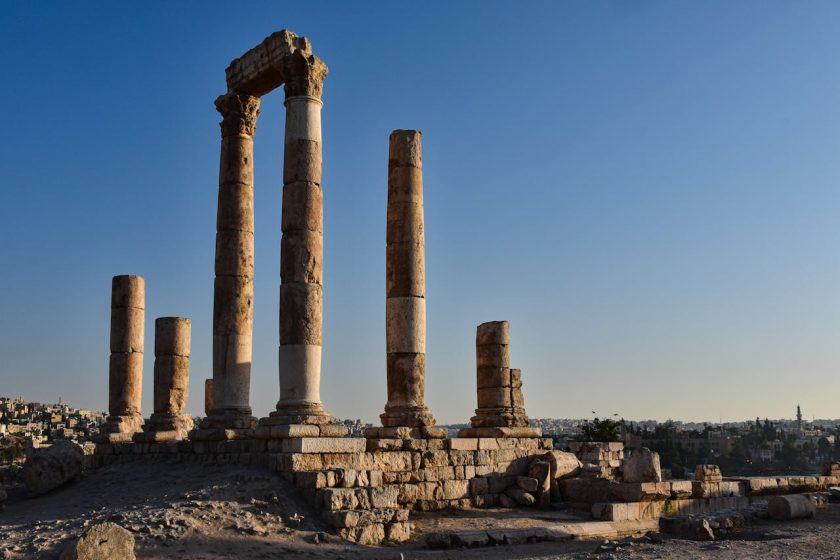
Next, make your way up to the Citadel perched on Jabal al-Qala’a, one of Amman’s seven original hills. It’s not far, but it is about 20 minutes by foot walking steadily uphill. Alternatively, if you don’t fancy working up a sweat, the Ubers are very affordable and never far away.
The Citadel in Amman is one of those rare places where layers of history stack visibly before your eyes. This hill has seen everything from Bronze Age settlements to Byzantine churches and Umayyad palaces. When you stand here, above the city, you sense that this single patch of ground has held civilisations for nearly 7,000 years.
Monuments include the Temple of Hercules with its massive columns rising defiantly against the skyline; the Byzantine Church, with its worn mosaics; and the Umayyad Palace, a masterpiece of early Islamic architecture with its grand domed hall.
There’s also a small museum home to interesting artefacts – delicate pottery, ancient tools, tiny sculptures – bring Jordan’s history down to a human scale.
Lunch: Falafel time
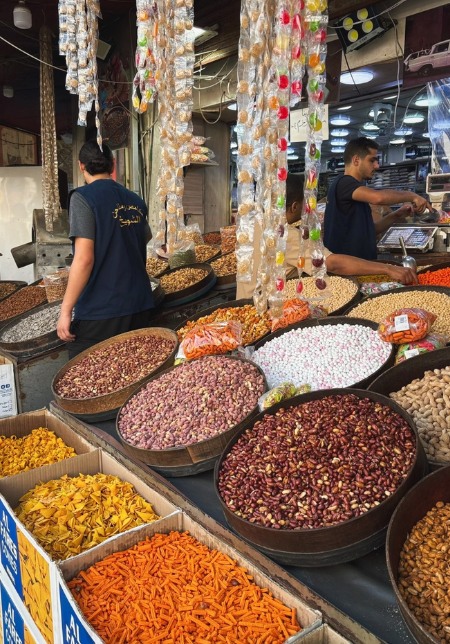

Now it’s time to drift into the souks, where the air smells of cumin, diesel, and warm bread. Vendors shout prices over piles of spices and pomegranates. Tailors, gold merchants, and barbers ply their trades side by side. You’ll see every walk of Jordanian life here.
When hunger strikes, follow the locals to Hashem Restaurant. It’s been serving the same falafel and hummus for decades, simple and perfect. I’m absolutely crazy about falafel and Amman is one of the best cities in the world for it.
Late afternoon: Jordan Museum
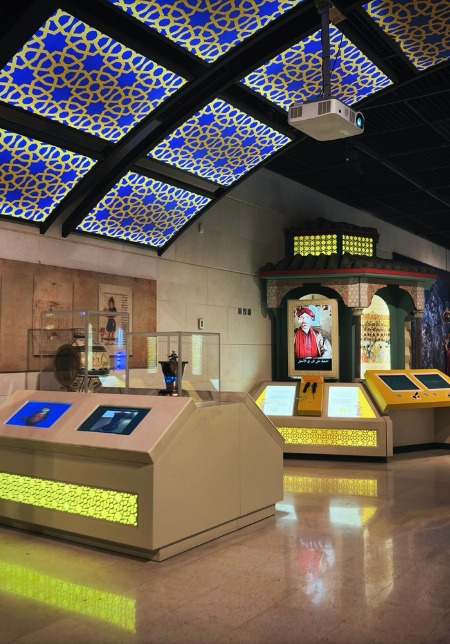
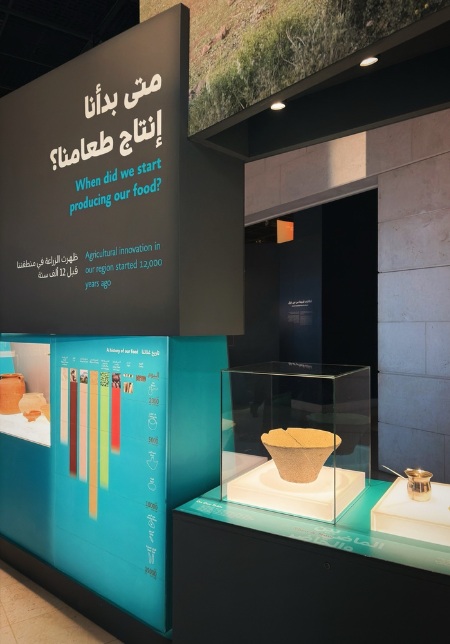
Under the afternoon heat, wander toward the Jordan Museum, just south of downtown. It’s sleek and modern, but the stories inside stretch back millennia. It manages to strike the perfect balance between pedagogy and fun. I’d say the downstairs rooms are geared to adults and the upstairs offers a fabulous voyage for children.
Here you’ll find the ‘Ain Ghazal statues – haunting white figures carved 9,000 years ago, some of the oldest human representations ever found. They stand there, unblinking, a reminder of how long people have been calling this land home. Perhaps most fascinating is the room dedicated to the Dead Sea Scrolls. It’s a fascinating story, which reminds me that I need to hunt down a documentary about the whole findings which still hold so much mystery.
Early evening & dinner: wander down Rainbow Street
Evening in Amman means Rainbow Street. Yes, it’s a little gentrified, but it sure is charming. Have a peruse around the shops, maybe pick up a few souvenirs before grabbing a seat on a terrace and watch the city unwind.
Order tea with mint or a glass of arak if you’re feeling adventurous. I discovered Karak Chai which I loved for its aromatic creamy taste. If you’re a fan of Masala Chai, it’s like the Middle Eastern version.
Rainbow Street is a very easy place to linger. I found myself drawn to the area every time I wanted a good cup of coffee.
Day 2: day trips and local attractions
Morning: go see the Roman ruins of Jerash
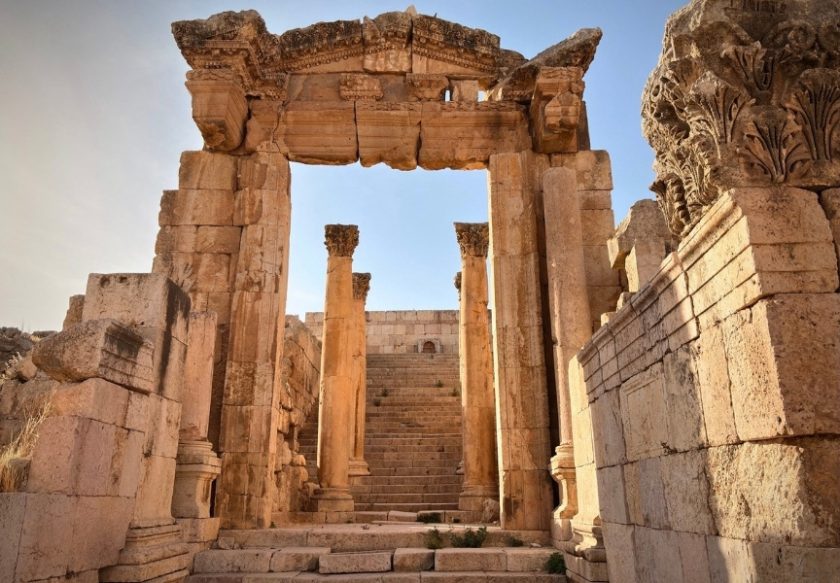
During your two days in Amman, I think you have time to squeeze in a half-day trip. There are many attractions all within an hour’s drive from Amman: Mount Nebo, the Dead Sea, Al-Salt, and my favourite – Jerash. Situated among the fertile hills of northern Jordan, the UNESCO city of Jerash is one of the best-preserved Roman cities outside Italy.
Once known as Gerasa, Jerash was part of the Decapolis, a federation of ten Greco-Roman cities that flourished under Roman rule. Founded by Alexander the Great’s general around the 4th century BC, it rose to prominence due to its strategic position along trade routes linking the Mediterranean to Arabia. Jerash became a wealthy provincial capital. A place of temples, theatres, and colonnaded streets built to impress both gods and merchants, and incidentally now tourists.
Walk through the Hadrian’s Arch, erected in 129 AD to honour Emperor Hadrian’s visit, and you step into another world. The Cardo Maximus, the city’s main street, runs straight as an arrow for nearly 800 metres, its ancient paving stones still bearing the ruts of chariot wheels. If someone had taken me here blindfolded, then removed it when I arrived and asked me where I was, I’d never guess Jordan or anywhere else in the Middle East. I love being surprised and reminded that there’s so much to learn of the world.
After the Roman era, Jerash endured earthquakes, invasions, and centuries of neglect. Yet it never truly disappeared. The modern town of Jerash grew beside the ruins, and archaeologists began excavating in the 1920s, revealing one of the ancient world’s best-kept secrets.
Want to see even more?
Check out this tour of Jerash, Adjoin Castle and Umm Qais.
Late afternoon: return to Amman
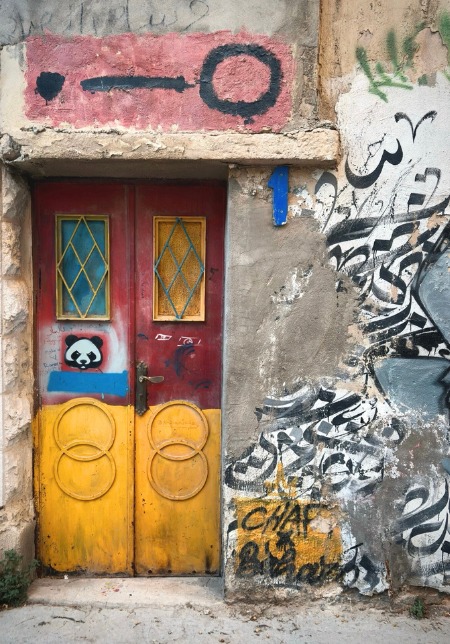
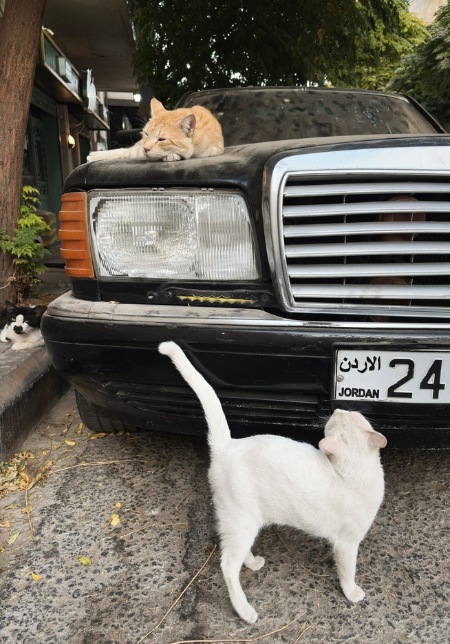
Arriving back in town, there are still many gems to see, but which one should you choose? If classic cars are your thing, the Royal Automobile Museum closes at 7pm, giving you enough time once you arrive back from Jerash (opening times: Wed – Mon).
There’s also the King Abdullah Mosque, admired for its traditional yet striking architecture. It’s one of the few mosques opened to non muslims. The entry fee is 2JD and women will be loaned a traditional tunic to wear while visiting.
If you’re looking for more charming streets, make you way to Omar Bin Al-Khattab Street. There’s a creative vibe that washes through the streets, home to a small but nice selection of independent shops and cafes. It also leads to Umar Ibn Al-Khattab Stairway which is painted in a fabulous array of colours.
Evening: try Jordan’s national dish – Mansaf
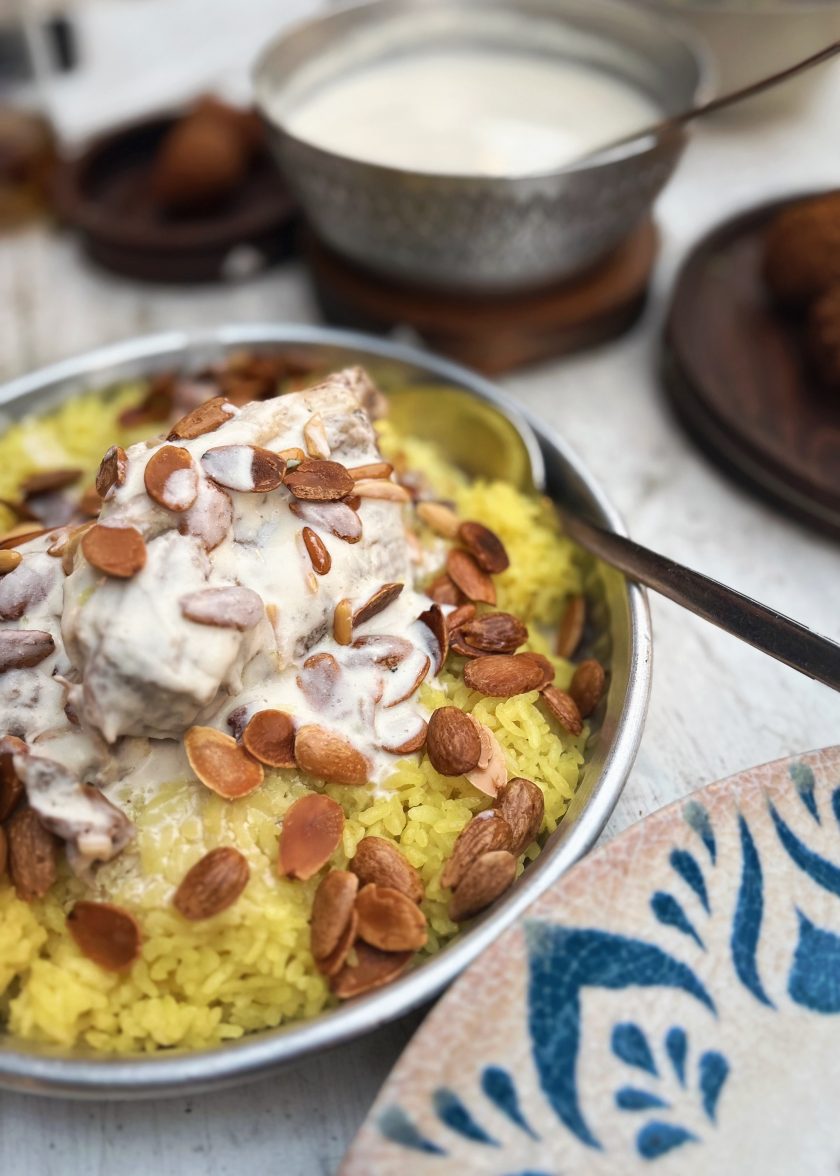

Wherever I am in the world, I like to try the national dish, and in Jordan that’s Mansaf. The word Mansaf itself comes from the Arabic for “large tray” – fitting for a dish that’s always meant to be shared.
A mountain of rice, slow-cooked lamb, and a rich, tangy sauce made from jameed (fermented, dried goat’s yogurt) which is poured over the top along with a scattering of toasted almonds just before serving.
Traditionally, it was prepared to honour guests, celebrate weddings, or mark moments of reconciliation between tribes. Now you can find it on restaurant menus. I personally had it at Sufra Restaurant on Rainbow Road and it turned out to be my favourite thing on the menu. (Unfortunately I wasn’t massively impressed with the rest of the menu, but the setting is beyond beautiful so I still recommend going for the atmosphere. It’s just more style over substance me thinks!)
If you really want to try it the way it’s traditionally eaten – using your hands – head to Hashem. There’s no cutlery, no napkins. This no-frills institution has been around since 1952 and you can’t get much more local than that.
Are you planning a trip to Amman soon?
If you are planning your own trip to Amman and Jordan, you might find these guides useful.


